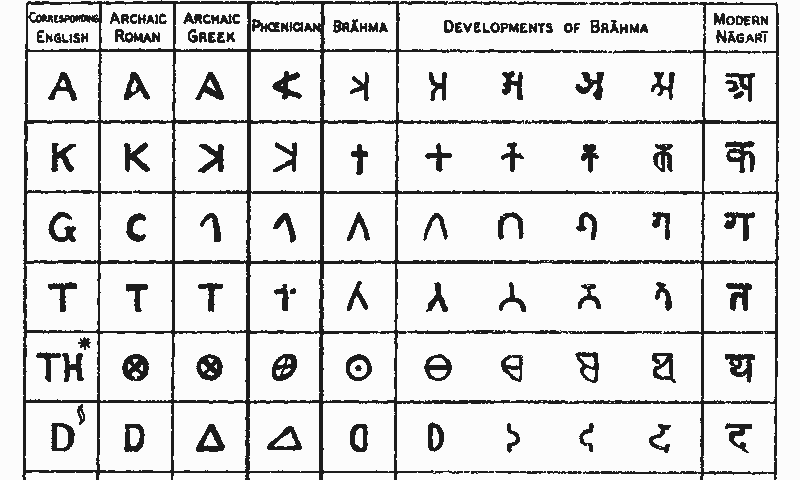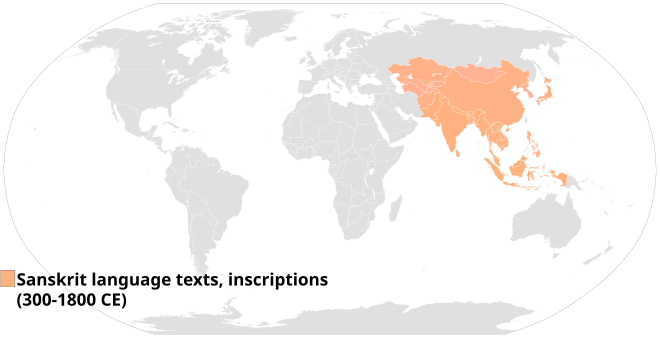The Evolution of Sanskrit and Prakrit Languages
The origin of Sanskrit and how it relates to other ancient Indian languages like Prakrit and Pali has long been debated. Linguistic evidence shows a complex intertwined history between these languages.
Early Forms of Communication in India
In ancient India, as the Nātya-shāstra describes, there were four main types of languages - languages spoken by gods, noblemen, common folk, and villagers. In addition, there were non-Aryan languages. The common language was spoken in two styles - the refined Sanskrita and the natural Prakrita forms. At the time, Sanskrita and Prakrita were used as adjectives rather than separate languages.
Regional Variations Emerge
Over generations, as people moved throughout India, the common language diversified into many regional dialects based on geography and culture. Those unable to maintain the grammar rules of Sanskrit adapted the language to their needs, creating simplified, natural forms that later came to be called Prakrit. With no single defined grammar, Prakrit encompassed a spectrum of related vernaculars.

A Scholarly Language is Formed
Meanwhile, others continued refining the language through strict rules. Around 600 BCE, the legendary grammarian Pāṇini defined Classical Sanskrit according to a clear structure, essentially freezing the language in its formal state. As a static, grammar-based tongue, Sanskrit served as a scholarly language for religious texts and literature.
Pali and the Spread of Buddhism
One prominent Prakrit dialect was Pali, traditionally associated with Buddhism. When Emperor Ashoka sent his son Mahinda to spread the faith in Sri Lanka, they brought Buddha’s teachings translated into a central Prakrit. Over time as local monks learned, influenced by Dravidian languages, the dialect took on distinct characteristics and became known as Pali.
Influences Between Pali and Sanskrit
Though separate languages, Pali retained aspects of Sanskrit and local Prakrits. Many words are nearly identical, and Pali verbs function similarly to their Sanskrit counterparts. Scholars believe Pali emerged as a simplified form through contact between vernacular speakers and those retaining Classical grammar rules. This interaction highlights Sanskrit and Pali’s shared linguistic ancestry.
Relationships Between the Languages
Debates surrounding the origins of Sanskrit and Prakrit languages reflect cultural as well as academic perspectives. Linguistic theories on their development consider multiple possibilities.
Sanskrit as the Parent Tongue
One theory positions Sanskrit as the original language of Indo-Aryan migrants, which common speakers gradually corrupted into Prakrit dialects by abandoning rules. However, this implies Sanskrit was once a fully vernacular language instead of a scholarly medium.
Prakrit the Original, Sanskrit Reformation
Alternatively, early Prakrit may have constituted the basic speech of indigenous populations. Brahmin academics could have refined this into the highly structured Sanskrit exclusively used in their social circles.
A Common Ancestral Language
A generally accepted view proposes an early Proto-Indo-Aryan parent to both Sanskrit and Prakrit. Over generations, regional variations emerged through contact with non-Aryan languages as rules progressed or relaxed respectively. This balanced perspective considers sociolinguistic dynamics.
Impact and Influences and Today
The languages have profoundly shaped Indian history and culture. As a literary vehicle, Prakrit dialects served general populations while Sanskrit aided religious and intellectual development. Pali survives internationally through Theravada Buddhism, as does Sanskrit through Hindu and Jain scriptures. Even now, the subtle distinctions between these interwoven tongues continue sparking discussion. Their flexible, diverse nature also underscores India’s linguistic diversity. Ultimately, the accurate picture emerges as one of contact-driven change rather than division, highlighting shared cultural heritage over sectarian division. 